|
If you’re looking for ways to inject some drama into your novel’s sentences, omitting filter words could be just the ticket. Do so judiciously though. Including them can add texture to mood and voice.
What are filter words?
Filter words are verbs that increase the narrative distance, reminding us that what we’re reading is being told by someone rather than experienced, or shown, through the eyes of the character. Examples include noticed, seemed, spotted, saw, realized, felt, thought, wondered, believed, knew, decided. I see more extensive filtering in books written by less experienced novelists who’ve not yet learned to trust their characters’ voices, who are uncomfortable about playing with devices such as free indirect style, or who are still learning the craft of injecting drama into narrative. I’ve taken some examples from published fiction and introduced filtering so you can see the difference, and how by avoiding filter words the writers have brought immediacy to their narratives:
When filter words distract
Filter words – particularly when they’re used as a narrative staple – tap the reader on the shoulder and say, ‘You’re not in this book. Someone else is experiencing this.’ They’re a reminder that doing is being done. Of course, we as readers know this to be true. Still, there’s nothing like immersing yourself in a character’s journey. Here’s an extreme example I made up:
John realized he needed to tell Marie. He’d wondered about how awful it would be. He’d long felt the weight of guilt bearing down on him, but now he’d decided it was time to let that go. He’d become aware that he’d fallen out of love with her months earlier and thought about what had gone wrong between them as soon as Mark had come into their lives.
He recalled their most recent argument and felt himself shudder. He’d looked on as she’d screamed abuse at him, seen the spittle fly from her mouth. He’d felt sadness at first but that had turned to fear when he’d seen her pick up a knife from the table. The text is horribly laboured – overly cluttered with doing being done. When confronted with a novel filled with filtering, readers will be tempted to skim, which means they might miss something crucial. A worst-case scenario is that they’ll give up because it’s not an enjoyable experience. Now let’s tighten it up by removing the filter words:
John was dreading telling Marie. The guilt had been eating him alive, but he was done with that. He’d fallen out of love with her months earlier, Mark’s entrance into their lives the trigger.
He shuddered, recalling their most recent argument. At first, there’d been only sadness as she screamed abuse at him, spittle flying from her mouth, but that had turned to fear when she’d reached for the knife on the table. We’ve lost none of the detail but now the prose is more emotionally immersive. We can better feel John’s predicament because we’re not repeatedly told that he’s doing the doing. It’s narration that feels less narrated. When filter words add texture I’m not suggesting you ban all filter words. When used intentionally they have a layering effect that can enrich a novel.
The Mackintosh example above is in first person. I think my filtered version works; it’s just different. Or perhaps it would be stronger with only one of the filters. Either way, one might argue that it imparts a deeper sense of the character’s scouring the envelope for clues. I still prefer Mackintosh’s approach because I like my crime fiction on the nose, but the experiment demonstrates that filter words aren’t wrong or right, but rather devices you can use to play with the reader’s experience of your story and the characters moving around within it. Here’s an example from Philip Prowse’s Hellyer’s Trip, p. 194:
Then the interrogation ceased. He knew he should have been scratching lines on the cell walls to mark the passing of time. But what was the point? He wasn’t the Count of effing Monte Cristo.
Prowse uses a filter word here: knew. He then follows through with free indirect style to close the narrative distance and take us right inside the character’s head while still maintaining a third-person viewpoint. So let’s look at what happens when we remove ‘He knew’.
Then the interrogation ceased. He should have been scratching lines on the cell walls to mark the passing of time. But what was the point? He wasn’t the Count of effing Monte Cristo.
I think the unfiltered version works very well but it does change the feel of the writing. Gone is the sense of deliberation. All four sentences are immediate. To my ear, the rhythm accelerates. And although there’s a feel of telling with the inclusion of ‘He knew’ in the published version, there’s also an increased sense of despondency, as if the character has had time to think this over and arrive at this knowledge. I mentioned character voice above. Here are two examples from Play Dead by David Rosenfelt:
When the movie is over, I realize I haven’t called Karen to ask if she can put me in touch with Keith Franklin. (p. 111)
Rosenfelt’s writing is tight. He never drops a beat. When he uses a filter word it’s with intention. Those who’ve read the Andy Carpenter series will know that this fictional attorney’s voice drips with a delicious acerbity, and the character thinks, acts and speaks with purpose. When we’re told he realizes something it’s because the author wants us to have a sense of dawning awareness, not because he couldn’t be bothered to cast the sentence in a way that avoided it.
I’m so pissed at Vince that I don’t talk to him for the twenty-minute ride to our destination. He spends most of the time whistling and listening to the Mets game; I don’t think my silent treatment is bringing him to his knees. (p. 163)
Most of the time, Rosenfelt avoids filter words: ‘I’m so pissed …’ not ‘I feel so pissed …’; ‘He spends most of the time …’ not ‘I listen to him …’. However, he chooses to tag ‘I don’t think’ onto the beginning of the final sentence rather than going with something like ‘My silent treatment isn’t bringing him to his knees.’ And, actually, the protagonist’s thinking is what deepens the voice and the immediacy. Summing up To keep your prose tight, look out for filter words that tell of doing being done. Then consider whether a gentle recast without them will improve your prose. How does the revised text make you feel? Is the meaning still clear? Is the mood you’re seeking evident? If the prose feels more dramatic and immersive, you’ve done your novel and your readers a favour. If you lose something in the revision, like voice, mood or intention, reintroduce your filters at the appropriate points.
Louise Harnby is a line editor, copyeditor and proofreader who specializes in working with crime, mystery, suspense and thriller writers.
She is an Advanced Professional Member of the Chartered Institute of Editing and Proofreading (CIEP), a member of ACES, a Partner Member of The Alliance of Independent Authors (ALLi), and co-hosts The Editing Podcast. Visit her business website at Louise Harnby | Fiction Editor & Proofreader, say hello on Twitter at @LouiseHarnby, connect via Facebook and LinkedIn, and check out her books and courses.
14 Comments
Action beats are short descriptions that come before, between or just after dialogue. Here’s how to use them in your fiction writing.
What do action beats do?
Action beats enrich characters’ voices by telling us about their emotions, their movements and their intentions while they’re speaking. They can even tell us who’s speaking and whether their speech is reliable or not. And they can ensure that readers don’t become bored. In that sense, we can think of them as alternative narrative ‘voices’ that enrich our perceptions of, or engagement with, the characters. 1. The voice breaker Long chunks of dialogue can be off-putting. Action beats can act as rhythm moderators that break up the speech and its tagging.
2. The emotional voice Action beats can be mood indicators. In real life, we express what we’re feeling or sensing – for example, sadness, pain and frustration – with our bodies as much as our voices. Emotions manifest physically. In fiction, complementary action beats can enrich the reader’s understanding of character emotions but without clumsy dialogue tags or adverbial modifiers that distract from the dialogue. Here are some examples:
3. The physical voice Perhaps you’ve heard of the term ‘talking heads syndrome’. When there’s a lot of dialogue, the reader can end up dislocated from the environment, as if the characters are speaking in a vacuum or floating in white space. In ‘The Dreaded “Talking Heads Syndrome”’, writer James Boyle discusses an example from a writer in his critique group: ‘... [they] wrote a scene for a mystery story in which a detective is arguing with her boss. Though somewhat trite, the dialogue was realistic and believable, but there was virtually no description of their surroundings, no description of how the characters react to their environment.’ Action beats ground the dialogue by quickly giving it physicality – a geographical region, a room, a time of day, the weather conditions, even a body. They keep the reader grounded in the scene, which helps retain immersion. Here are a few more examples:
4. The alternative voice What a character says via dialogue and what they mean or think might be very different. Action beats can act as an alternative voice that indicates reticence or unreliability. They say what the character can’t or won’t. The examples below show you how it works:
‘I swear, I’m not going to tell anyone about this.’ I rubbed my hand over the back of my jeans pocket, feeling for the wire.
Margot relaxed her grip on the knife and pushed herself against me. I flinched at the stench of acrid sweat and stale smoke as she tucked her head into the side of my neck. ‘Promise you’ll never leave me,’ she said. ‘Never.’ I sized up the door and the window. ‘I love you. We’ll always be together.’ The window looked flimsier, jumpable. 5. The voice indicator Action beats and dialogue run on from each other because they’re connected. That means we can use beats instead of tags; they tell the reader who’s speaking. Once more, I've given you some examples below:
How to lay out action beats and dialogue Because action beats relate to dialogue, we run them on rather than creating a paragraph return. Here’s an example from Alexander McCall Smith’s The No.1 Ladies’ Detective Agency (p.125):
Mma Ramotswe stiffened. If Rra Pekwane had killed somebody she would have to make it quite clear that the police should be called in. She would never dream of helping anybody conceal a murderer. [New para: Description]
‘What is this terrible thing?’ she asked. [New para: Dialogue > tag] Mma Pekwane lowered her voice. ‘He has stolen a car.’ [...] [New para: Action beat > dialogue] Mma Ramotswe laughed. ‘Do men really think they can fool us that easily?’ she said. ‘Do they think we’re fools?’ [New para: Action beat > dialogue > tag > dialogue] ‘I think they do,’ said Mma Pekwane. [New para: Dialogue > tag] How to punctuate and format actions beats Before the dialogue The action beat ends with a full point. An opening speech mark follows. The first word of the dialogue takes a capital letter.
Note that I’ve styled this with single quotation marks, but doubles might be your preference, especially if you’re writing in US English. After the dialogue The dialogue finishes with a full point followed by a closing speech mark. The first word of the action beat takes a capital letter.
Again, I’ve used single quotation marks, but doubles are fine too. It’s a style choice. Within the dialogue You have several choices about how to handle this depending on where the beat goes and what punctuation style you choose. Example 1: Mid-sentence In this case, the beat interrupts the dialogue mid-sentence, which lends emphasis to the word ‘This’. If you’re writing in British English style, you might prefer spaced en dashes and single quotation marks. This is how it looks:
If you’re writing in US English style, you might go with closed-up em dashes and double quotation marks. This is how it looks:
Notice the lack of initial capital letters and the omission of commas in both examples. Example 2: Between complete sentences In this case, the beat interrupts the dialogue between sentences. This is how it works:
Notice that because the sentences in the dialogue are complete, we punctuate and capitalize according to the Before the dialogue and After the dialogue examples above. Overuse, repetition and cliché As is always the case with good writing, devices such as action beats, free indirect speech, dialogue tags, and anaphora work best when the reader can’t identify a writing pattern. Instead, mix things up so that your reader doesn’t guess which literary tool’s coming. Pay attention to whether you repeat particular action beats, particularly clichéd ones. If your characters often purse their lips, furrow their brows, rake their hands through their hair, spit on the ground, or roll their eyes while they’re speaking, it’s time to think of alternative ways to express despair, disgruntlement or annoyance. Summing up Use action beats to enrich the emotionality of your characters’ speech and add interest to your writing. Think about how they can anchor the dialogue in a physical space, and whether they’ll provide an alternative to a speech tag so we know who’s saying what. However, watch out for oft-repeated phrases that turn beats from pop to pattern. Cited sources
Louise Harnby is a line editor, copyeditor and proofreader who specializes in working with independent authors of commercial fiction, particularly crime, thriller and mystery writers.
She is an Advanced Professional Member of the Society for Editors and Proofreaders (SfEP), a member of ACES, a Partner Member of The Alliance of Independent Authors (ALLi), and an Associate Member of the Crime Writers’ Association (CWA). Visit her business website at Louise Harnby | Proofreader & Copyeditor, say hello on Twitter at @LouiseHarnby, or connect via Facebook and LinkedIn.
Adverbs and adverbial phrases sometimes get a bit of a pummelling, and yet they needn’t intrude and shouldn’t be removed indiscriminately. An adverb is no more likely to spoil a sentence than a poorly chosen adjective or noun.
Use them purposefully in your writing when they bring clarity, but remove them when they create clunk.
Are there rules? You won’t find any in this article, just common-sense guidance to help beginner writers make informed decisions.
The fiction writer – and the fiction editor – who takes a formulaic approach to the treatment of adverbs is heading for trouble. A note on form Not all adverbs end in –ly (e.g. backwards, inside) and not all words ending in –ly are adverbs (e.g. deadly is an adjective and anomaly is a noun). That’s one good reason not to eradicate all –ly words from your writing. To work out whether a word or phrase is behaving adverbially, focus on what it’s modifying not on how it’s spelled. Verb and adverbs – a quick refresher A verb is a doing word; it describes a physical or mental action or state of being.
An adverb is a word that describes a verb (just as an adjective describes a noun).
An adverbial phrase behaves in the same way but uses two or more words to describe the verb (or verb phrase).
Clunk: Telling us what we already know from dialogue Here are four examples where the adverb (in bold) attached to the speech tag is redundant because the information in the dialogue does the same job:
These aren’t rules but guidelines. Test it. Remove the adverb and read the sentence aloud. Is the intention still clear from the dialogue you’ve written? If so, great – you can lose the adverb. If it’s not, can you recast the dialogue? Consider the following:
In (1), dialogue and supporting speech tag seem a little flat. In (2), the adverb helps us to understand John’s mood. In (3), we lose the adverb but the mood intention is supplied by the additional dialogue. In (4), the adverb repeats the mood intention. None of above four examples is grammatically incorrect, but (1) is possibly underwritten and (4) is definitely overwritten. Context is everything though. If you’re writing a high-octane crime-thriller scene in which the pace is fast and furious, (1) might just be perfect, (2) and (3) would slow the reader down, and (4) would still be a non-starter. Clunk: Telling us what we already know from the speech tag Here are three examples where the adverb (in bold) is redundant because the verb (in italic) provides the same information:
Beginner writers sometimes trip up with double tells in speech tags because they’re trying not to overuse ‘said’. A replacement verb is introduced but the clarifying adverb (which served to give intention to ‘said’) is left intact even though it’s no longer needed.
‘Said’ is a rather delicious speech tag because it’s almost invisible. (For an examination of tagging, read: ‘Dialogue tags and how to use them in fiction writing’.) Readers are so used to seeing ‘said’ that they slide over it without a glance. And that means they stay immersed in the conversation on the page, which if you’re writing dialogue is exactly where you want them. Clunk: Telling us what we already know from the verb Here are three examples where the adverb or adverbial phrase (in bold) is redundant because the verb (in italic) provides similar information in the narrative:
Slips like these can occur because the writer is still learning to trust their reader. They fear there are too few words or that the description isn’t rich enough. And sometimes writers just run away with themselves, so deeply are they immersed in the world they’ve created and what their characters are experiencing. This is why drafting and redrafting are so important, and why a fresh set of professional eyes can give the writer courage. I hire people to check most of my own writing because I know that even when I’m writing educational non-fiction I’m so desperate to get my point across that I can sometimes end up in a right old tangle! Self-editing is hard – professional editors know this. Don’t beat yourself up if you’re prone to double tells – you’re only human. Instead, cross-check your adverbs against your verbs to make sure you’re not repeating yourself. Clunk: Dragging us away from immediacy Some adverbs like suddenly, immediately and instantly can do the opposite of what's intended. Overuse can make the action less sudden, less instant. I cover this in detail in Why ‘suddenly’ can spoil your crime fiction: Advice for new writers. In brief, these adverbs can act like taps on the shoulder that prevent the reader from moving through a story at the same pace as the character. The suddenness of the action is told to us first instead of being experienced by us. Compare these examples. They demonstrate how removing the adverbs can leave the immediacy of events intact.
WITH:
A damp mist had settled but he was snug enough. The parka would keep the edge off until the sun rose. Suddenly, the phone trilled in his pocket, jolting him. WITHOUT: A damp mist had settled but he was snug enough. The parka would keep the edge off until the sun rose. The phone trilled in his pocket, jolting him. WITH: Jimmy immediately slammed on the brake, fighting with the wheel as the car careened around the corner. WITHOUT: Jimmy slammed on the brake, fighting with the wheel as the car careened around the corner. Purposeful adverbs Adverbs, used well, can show motivation, indicate mood, and enrich our imagining of a scene. I love books that tell it straight because every word pushes me forward. David Rosenfelt is a writer who never disappoints. His Andy Carpenter series features a tenacious lawyer with a dry wit. The author’s prose is sharp as a knife. Does he use adverbs? Absolutely, though sparingly and they’re always purpose-filled.
Summing up
Use adverbs when they help your reader understand more than they would have without them. A well-placed adverb or adverbial phrase will help you keep your prose leaner because it will nudge a reader towards imagining the action, the mood of the characters and what their intentions are. If they’re repetitive clutter that add nothing we couldn’t have guessed, get rid of them. If the narrative or dialogue feels flat, head for a thesaurus and find alternative verbs that will bring your prose to life.
Louise Harnby is a line editor, copyeditor and proofreader who specializes in working with crime, mystery, suspense and thriller writers.
She is an Advanced Professional Member of the Chartered Institute of Editing and Proofreading (CIEP), a member of ACES, a Partner Member of The Alliance of Independent Authors (ALLi), and co-hosts The Editing Podcast.
Every writer has a process. What works for you might not work for someone else, and your approach might change over time. Here are 6 tips from indie author Kristina Adams that show how changing your writing process to suit mindset and circumstances can help you grow as a writer.
When I set out to publish my first book, I had no idea what I was doing. I made the whole thing up as I went along, absorbing as much advice as I could in the short space of time I had.
I’d set myself a tight deadline – to write, edit, and publish a book in a year – which, when you have no idea what you’re doing and you’re a one-woman band working a full-time job, is pretty insane. Fast-forward to now, and I’ve published four books and have a somewhat better idea of what I’m doing. I’m no expert, but I have come to accept that my writing process changes as I mature as a writer, as I grow as a person, and as my circumstances in life change. So let’s take a look at what's changed, and what you can learn from my ever-changing writing process ...
1. Planning is your friend
I never used to plan my writing. My dissertation tutor tried to convince me of the importance of planning, but I wouldn’t listen to him. (Pro tip: always listen to people more experienced than you, especially when you’re paying them.) When I started writing a book with multiple points of view and several spin-offs involved, his advice finally sunk in. Now, I don’t write anything without at least the hint of a plan first. Sometimes that plan is simply what the ending will be. Other times it’s so elaborate that there’s no room for missteps. It’s important to plan properly, though. A few years ago, I took part in NaNoWriMo. I was so excited that I’d planned my novel weeks in advance. When I went to write it in the October, I discovered – to my horror – that I hadn’t planned it very well at all. The Big Reveal scene was described as ‘Poppy finds out who the murderer is’. That was it. I’d spent all that time planning but hadn’t actually worked out the most important detail in a crime novel. Insert face palm here. The draft ended up being all over the place. I forced myself to hit the NaNoWriMo word count, but hated the piece so much that I almost quit writing fiction all together. (Another lesson learnt: don’t force yourself to finish a piece that you really, really don’t like any more. Not unless there’s someone else’s money on the line.) You don’t need to know every step along the way when you plan. I like to see it as akin to planning a journey: you know the destination and what stops you’ll make along the way, but you don’t know the other cars, the scenery, or the people you’ll come across. Planning is your friend, folks. It doesn’t dampen the creativity; it just stops you from digging yourself into a massive hole.
2. Listen to your body
This may seem like an odd thing to say in a post about writing, but as someone with six chronic health issues, I really do need to listen to my body. Too much stress exacerbates my fibromyalgia, which then means I’m too tired and in too much pain to function. It’s therefore imperative that when I start to feel weak, the pain gets too much, or the room starts spinning, I go to bed and close my eyes. Sometimes that rest is a couple of hours; other times it’s days. Either way, if I didn’t rest, I’d end up in a much worse state and wouldn’t be able to write or publish at all. So many people come to me and say, ‘I feel tired all the time’. If you fall into this category, I have three pieces of advice:
3. Abandon your book (just for a while)
It’s amazing how many things you can spot when you’ve taken a break from working on something. The longer you leave something in the drawer for, the more you’ll spot and the easier it is to work through any issues that you may or may not know about. I didn’t have much time to do this when working on What Happens in New York, but with more recent books I’ve written a first draft, then gone on to write another first draft of something else before going back to it. This means I’m working on first drafts while in a writing mindset; then I can switch to an editor’s mindset. Switching rapidly between writing and editing can be difficult, which is why I like to do them in bulk for longer projects. It strengthens my skills in both as I’m in that mindset for longer. It also means I’m less likely to overthink things during the crucial (but ugly) first-draft stage.
4. Ask for help
My local writing community has been pivotal to my growth as a writer. Whenever I get stuck on a particular issue, there’s always someone who can help. I have one friend in particular who’s brilliant at fixing plot holes, and so when I was unsure of something in my most recent book, she was the first person I went to. She helped me to figure everything out, and suddenly the book wasn’t so intimidating any more. I can’t emphasize enough the importance of a support network. Even if your support network doesn’t consist of other writers or editors (although it helps), having people in your corner that you go to for help when you need it makes a huge difference to your growth and your confidence as a writer. If you don’t have access to a physical writing community, there are plenty available online. Facebook, Twitter, and even Second Life have writing communities, and there are a plethora of websites that are dedicated to writing, too.
5. Be realistic with deadlines
When I set myself a 12-month deadline to publish What Happens in New York, I had no idea how much work was involved in self-publishing (unless one has a budget that far exceeds my monthly salary). Had I known, I would’ve set myself a different deadline. I ended up rushing a lot of processes early on and making rookie mistakes that make me cringe when I look back on them. Nowadays, I don’t put anything up for pre-order until the book is in a state that I’m happy with and only requires one last read-through to check for any niggling issues that might have been missed. Having a public deadline definitely helped to motivate me. Had I not had it, I may well have kept procrastinating, coming up with an abundance of excuses why I shouldn’t hit the ‘Submit for pre-order’ button. These days I don’t make my deadlines quite so public – I tell a few close friends that I know will hold me accountable instead. These are both fans of my writing and fans of me, which encourages me to keep going while also offering moral support when things go wrong.
6. Accept that you know nothing
The less you know, the more room you have to grow. The more room you have to grow, the more you can succeed. Everyone knows something that you don’t know, which is why it’s important to take advice from as many sources as you can. If someone has said something mean, acknowledge it, then ignore it. But if someone offers constructive criticism, take some time to think about their comments. It may be hurtful, but often the greatest pain comes from the greatest truths. No one likes their writing to be criticized, but it’s the only way you’ll improve as a writer. If those comments come from your target audience, it’s especially important to listen since they’re the ones that will download your book. If they don’t like something, they’re the ones you really need to pay attention to before you do something that could dampen your sales. As time goes on, you’ll learn the difference between constructive feedback and someone who's just got an axe to grind and you just happened to be their unfortunate target. In the end ... Everyone’s writing process is different. That’s part of what I find most fascinating about writing. I love hearing how different people write in different ways. I have some friends who plan their books in so much depth that they only need one or two edits. I have others who love editing but can’t stand first-draft stage. What really matters is that you find a writing process that works for you. Your writing process will change as you grow, and as your circumstances in life change. That’s natural. When you accept that, it becomes a lot easier to get your writing done. It also means you’re kinder to yourself, which means that you’re more relaxed. When you’re more relaxed, you can write better because you’re not putting too much pressure on yourself. Then, when you write better, you achieve more. And in the end, isn’t that what we all want?
Kristina Adams is an author, blogger, and reformed caffeine addict. She’s written four novels poking fun at celebrity culture, one nonfiction book on productivity for writers, and too many blog posts to count. She shares advice for writers over on her blog, The Writer’s Cookbook.
In this episode of The Editing Podcast, Denise and Louise discuss how long it takes to complete an edit – whether you’re doing it yourself or working with a professional – and how to plan ahead.
And check out the cheeky bloopers that Denise included of me messing up my words! I’ll get my revenge!
Click to listen to Episode 12
Summary of Episode 12
Listen to find out more about editing time in relation to:
Editing bites
Music credit ‘Vivacity’ Kevin MacLeod (incompetech.com). Licensed under Creative Commons: By Attribution 3.0 License http://creativecommons.org/licenses/by/3.0/
Louise Harnby is a line editor, copyeditor and proofreader who specializes in working with crime, mystery, suspense and thriller writers.
She is an Advanced Professional Member of the Chartered Institute of Editing and Proofreading (CIEP), a member of ACES, a Partner Member of The Alliance of Independent Authors (ALLi), and co-hosts The Editing Podcast. Visit her business website at Louise Harnby | Fiction Editor & Proofreader, say hello on Twitter at @LouiseHarnby, connect via Facebook and LinkedIn, and check out her books and courses. The Editing Podcast, Season 1, Episode 11: Does location matter when working with an editor?1/4/2019
In this episode of The Editing Podcast, Denise and Louise discuss location and whether where your editor lives actually matters.
Click to listen to Episode 11
Summary of Episode 11
Listen to find out more about:
Editing bites Music credit ‘Vivacity’ Kevin MacLeod (incompetech.com). Licensed under Creative Commons: By Attribution 3.0 License http://creativecommons.org/licenses/by/3.0/
Louise Harnby is a line editor, copyeditor and proofreader who specializes in working with crime, mystery, suspense and thriller writers.
She is an Advanced Professional Member of the Chartered Institute of Editing and Proofreading (CIEP), a member of ACES, a Partner Member of The Alliance of Independent Authors (ALLi), and co-hosts The Editing Podcast. Visit her business website at Louise Harnby | Fiction Editor & Proofreader, say hello on Twitter at @LouiseHarnby, connect via Facebook and LinkedIn, and check out her books and courses. |
BLOG ALERTSIf you'd like me to email you when a new blog post is available, sign up for blog alerts!
TESTIMONIALSDare Rogers'Louise uses her expertise to hone a story until it's razor sharp, while still allowing the author’s voice to remain dominant.'Jeff Carson'I wholeheartedly recommend her services ... Just don’t hire her when I need her.'J B Turner'Sincere thanks for a beautiful and elegant piece of work. First class.'Ayshe Gemedzhy'What makes her stand out and shine is her ability to immerse herself in your story.'Salt Publishing'A million thanks – your mark-up is perfect, as always.'CATEGORIES
All
ARCHIVES
July 2024
|
|
|
|



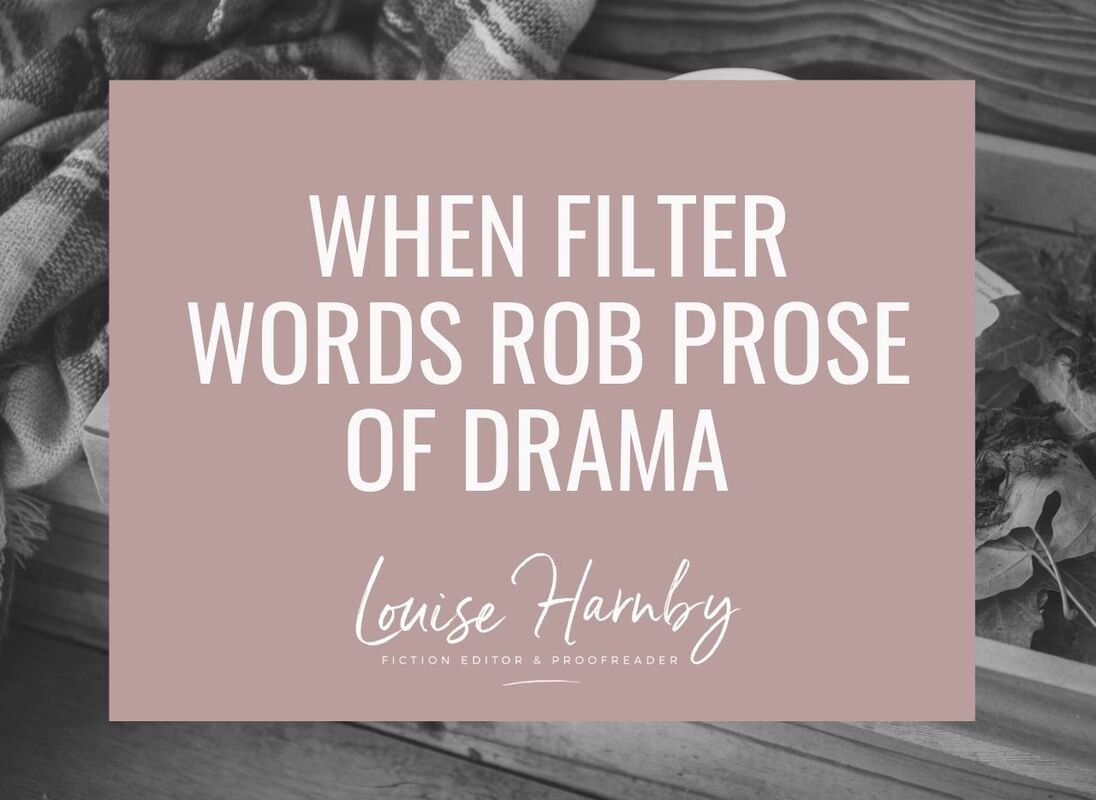
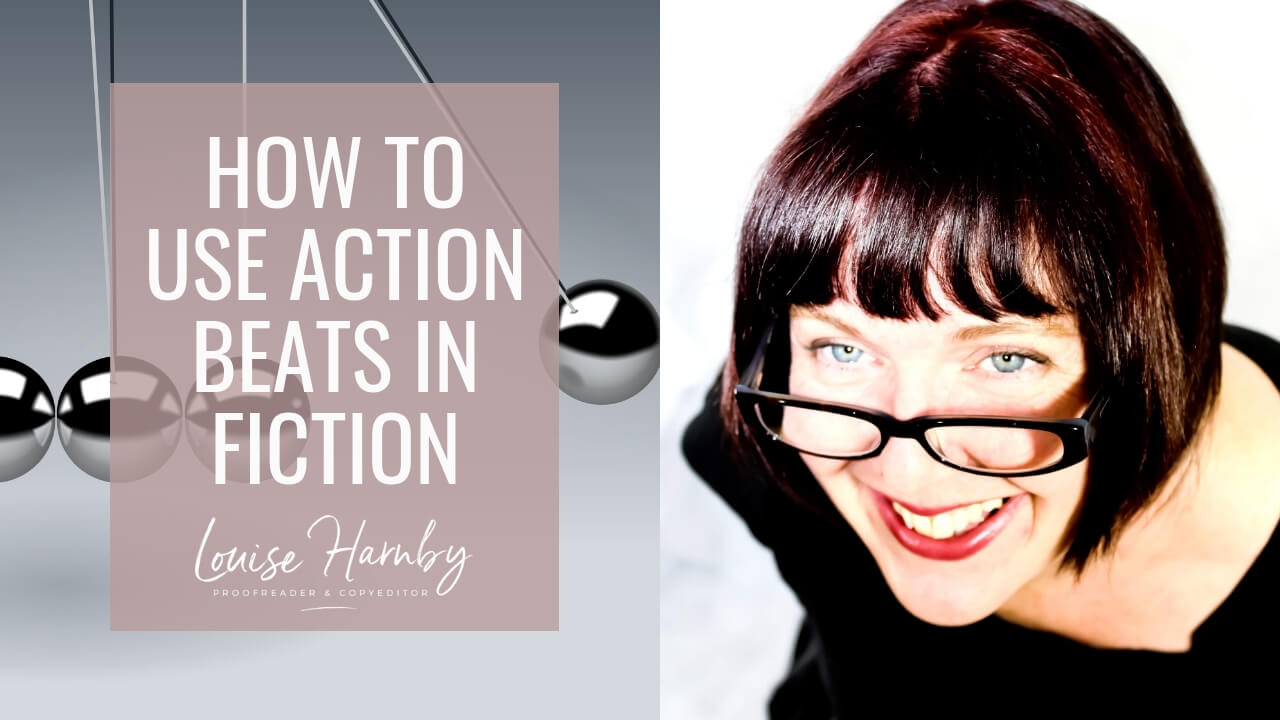
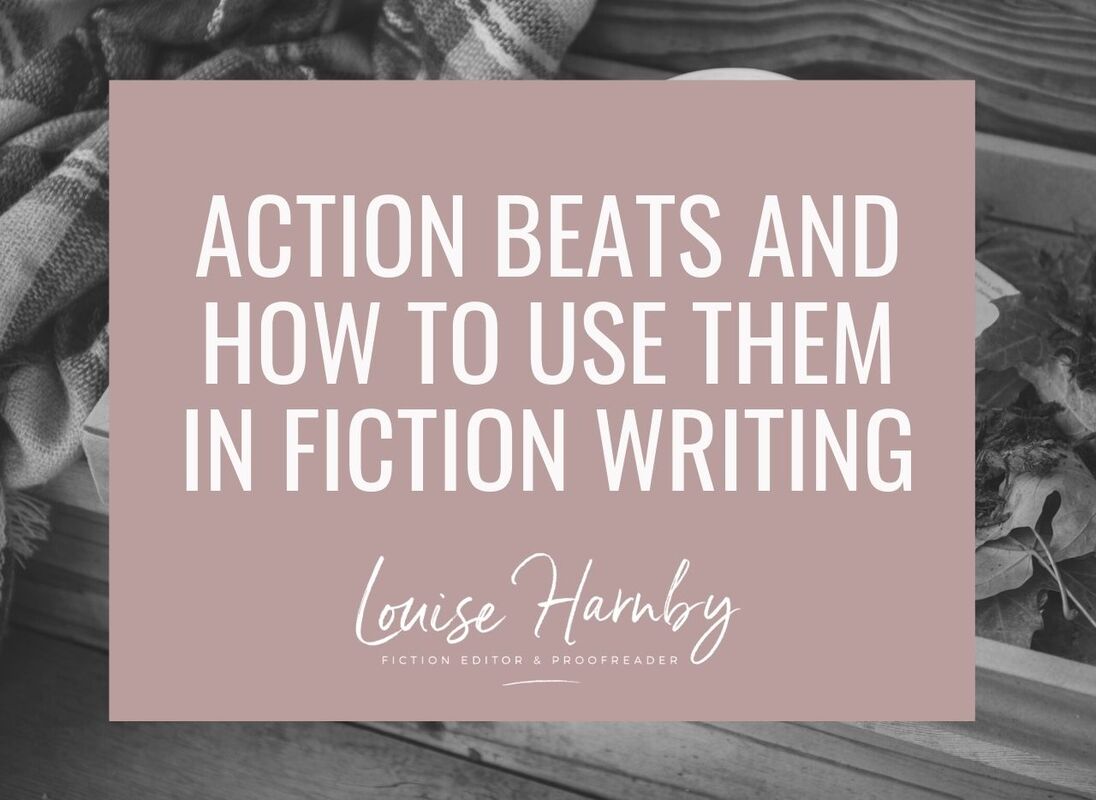
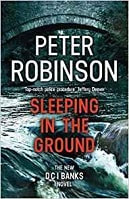
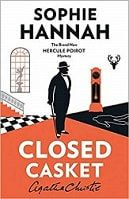
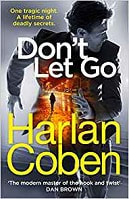
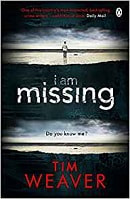
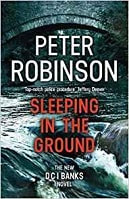
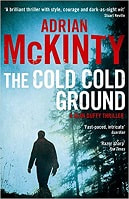
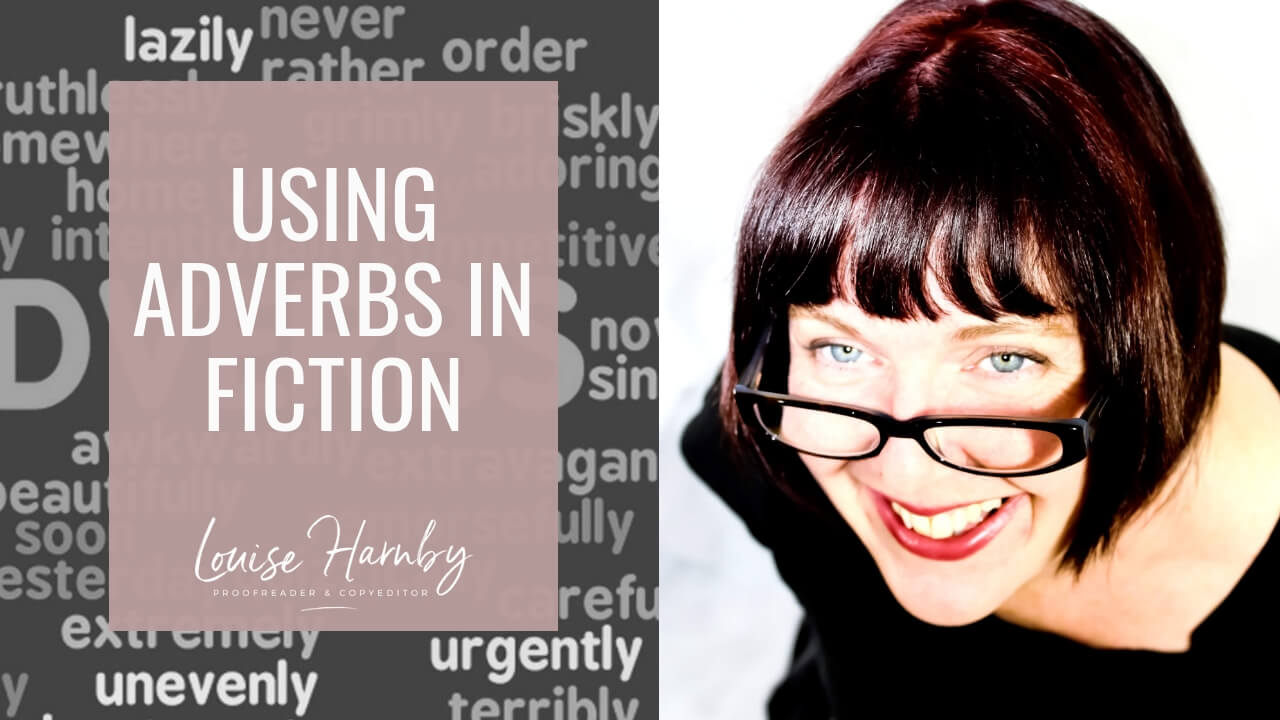
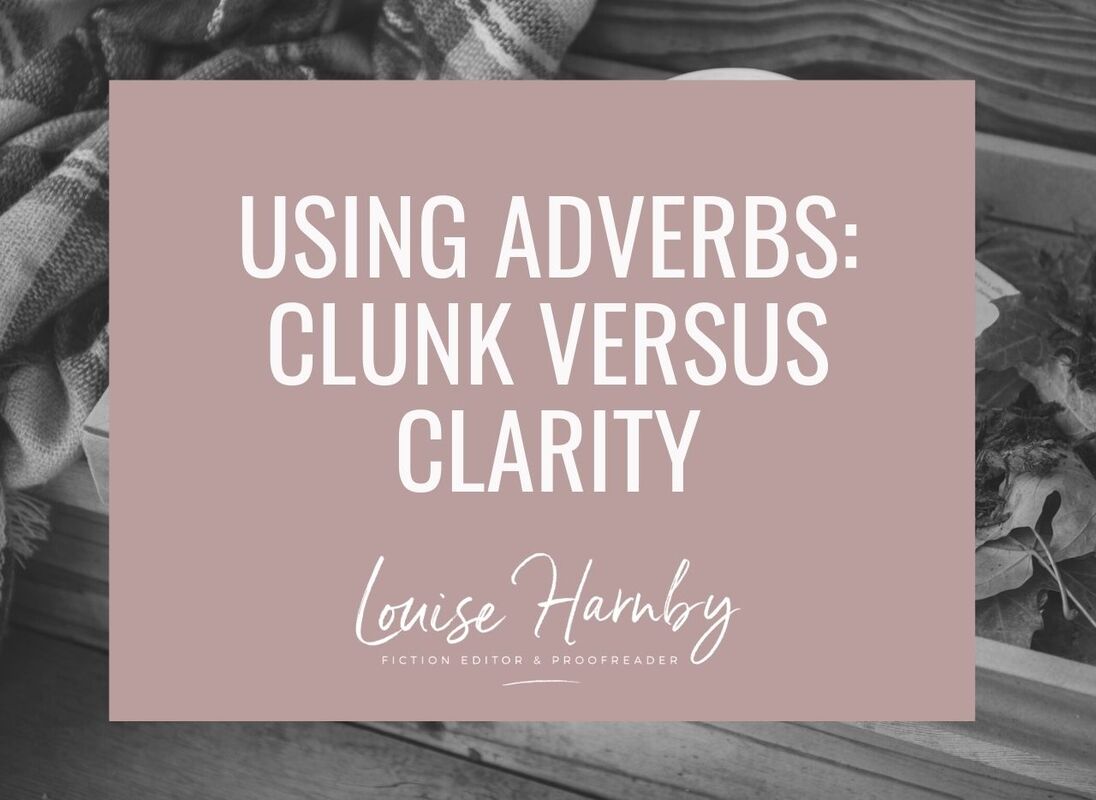
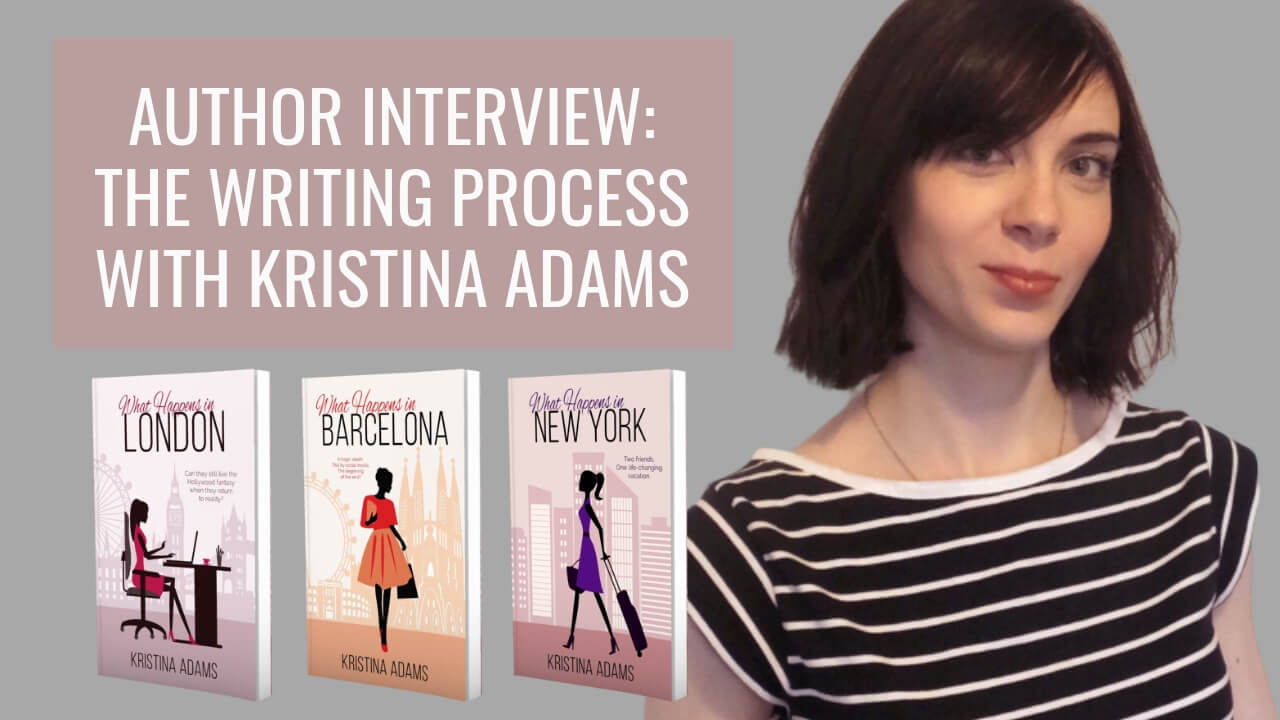
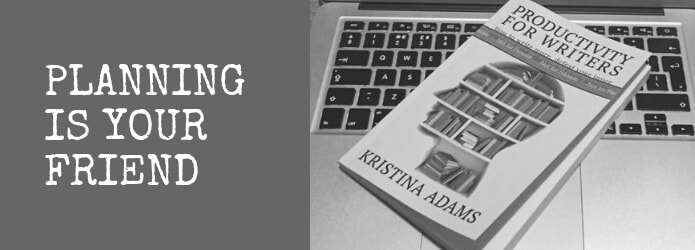





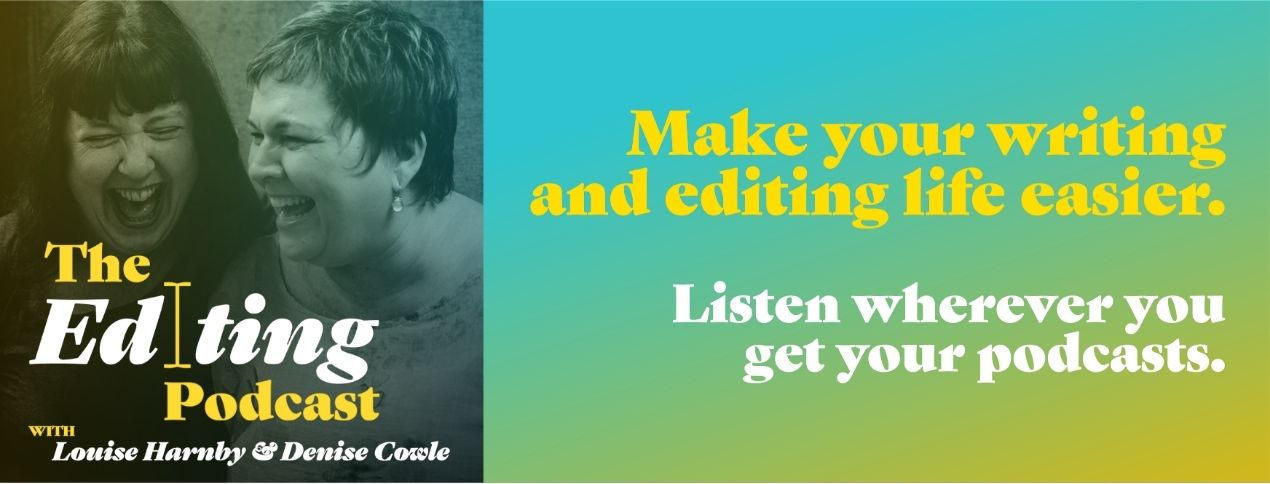
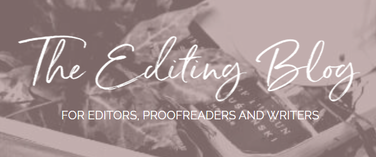

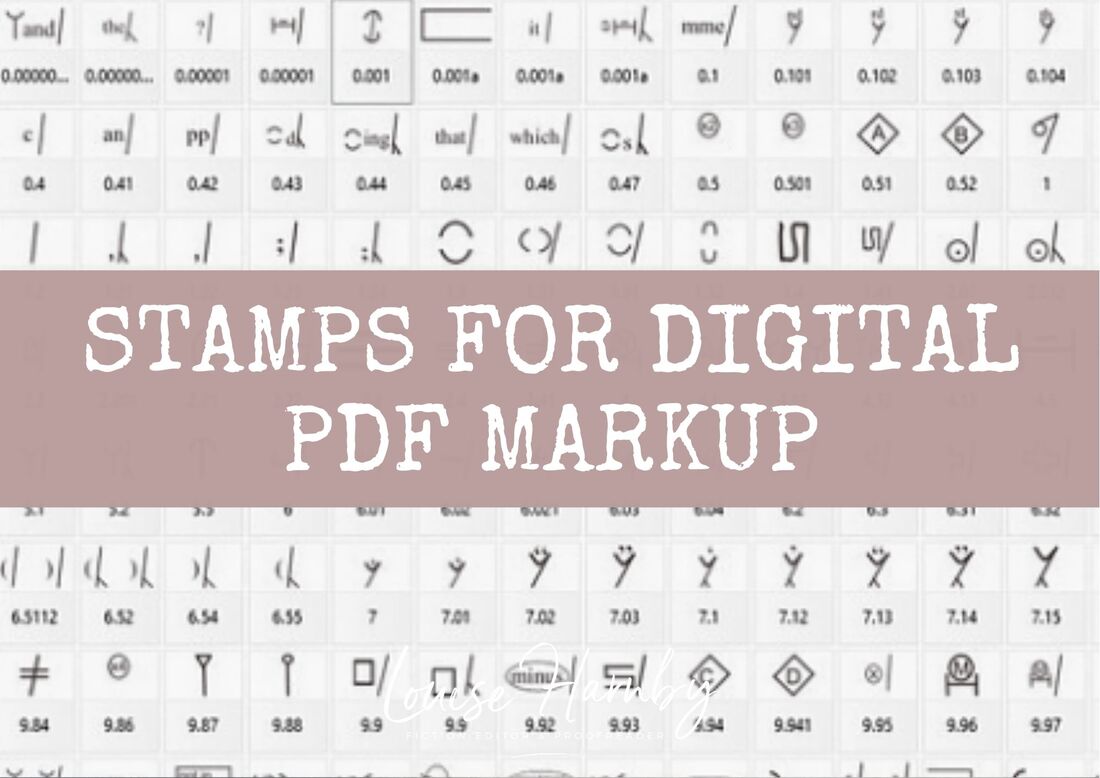
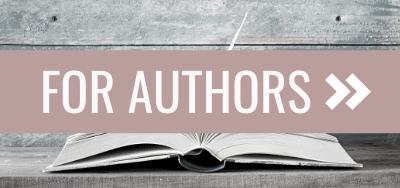
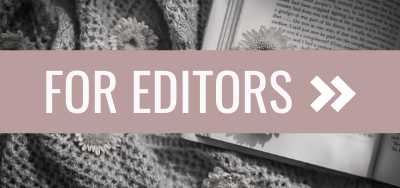
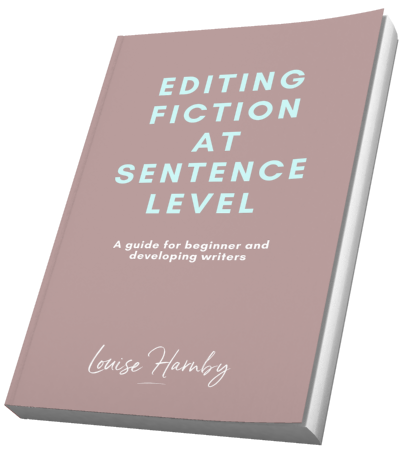
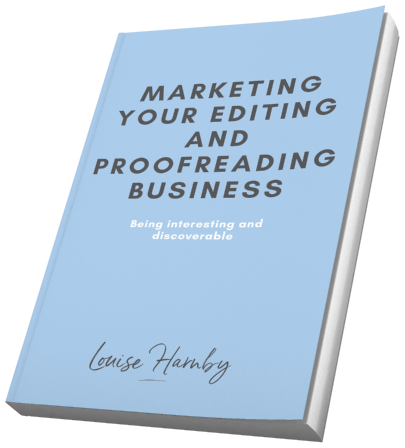
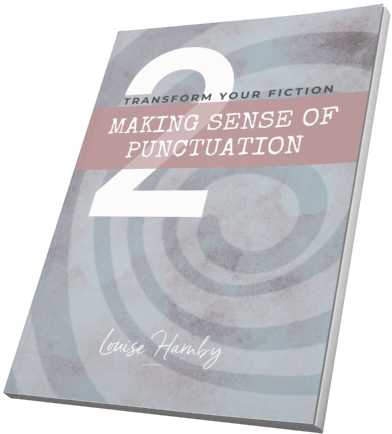
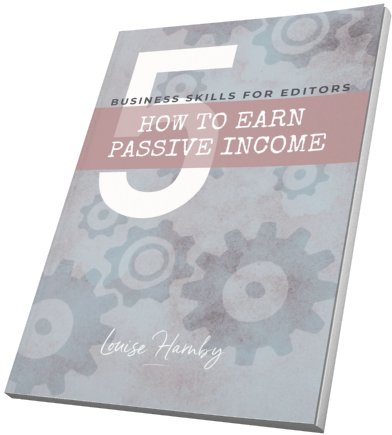
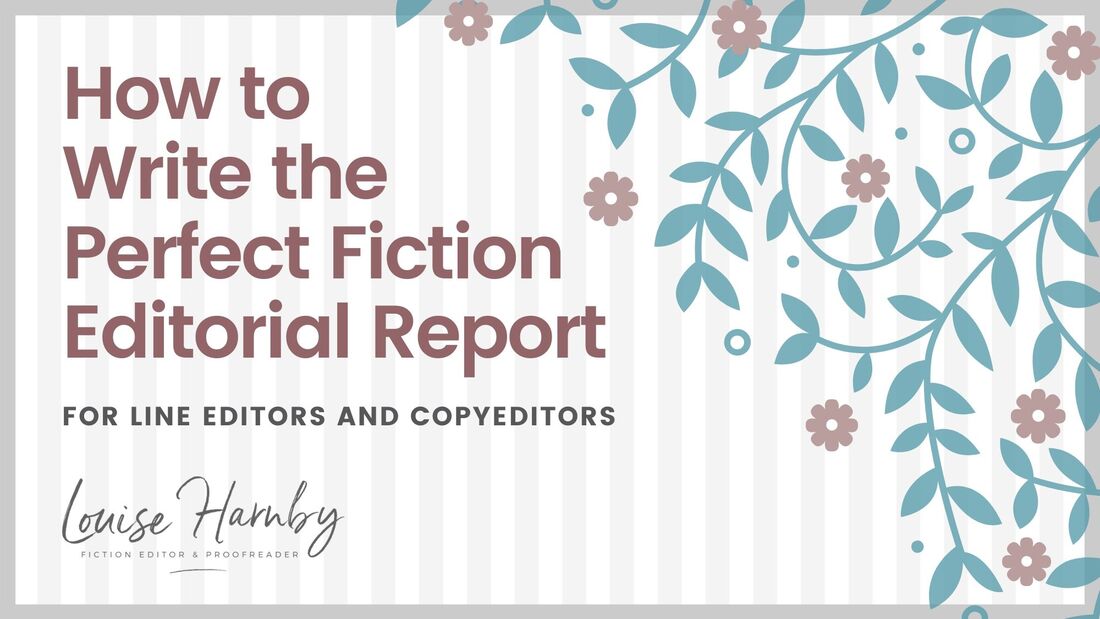
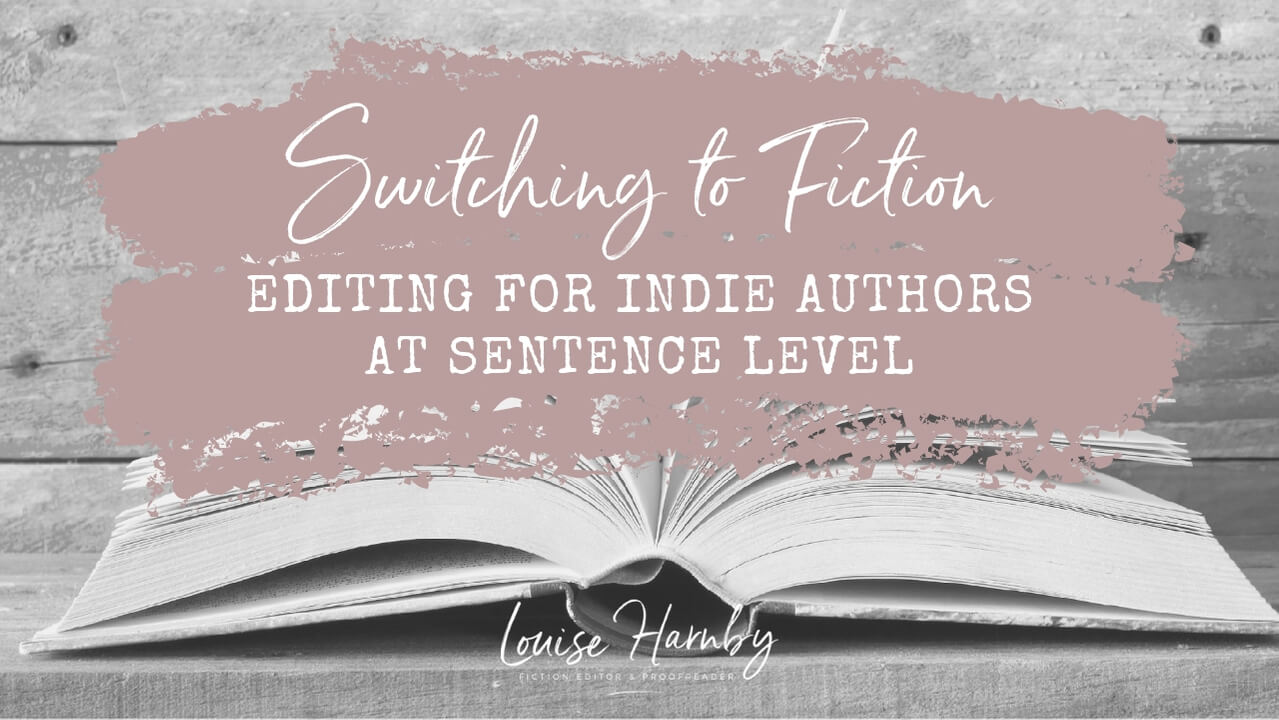
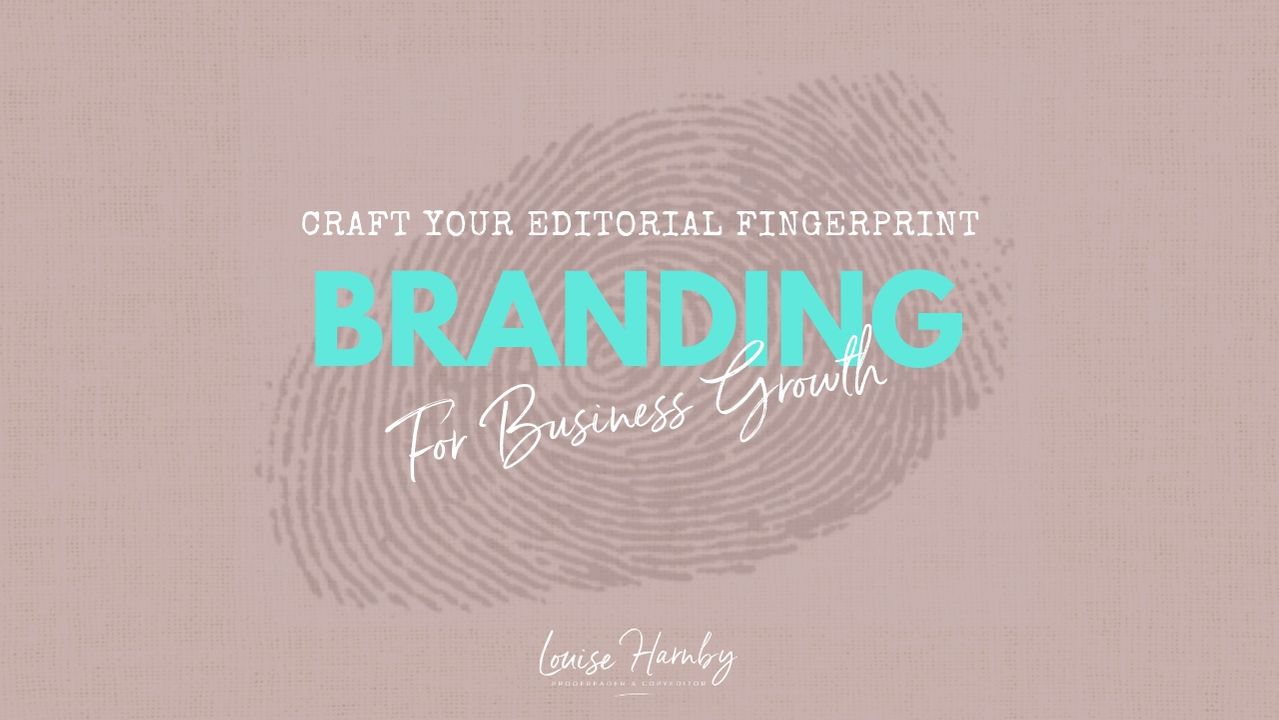
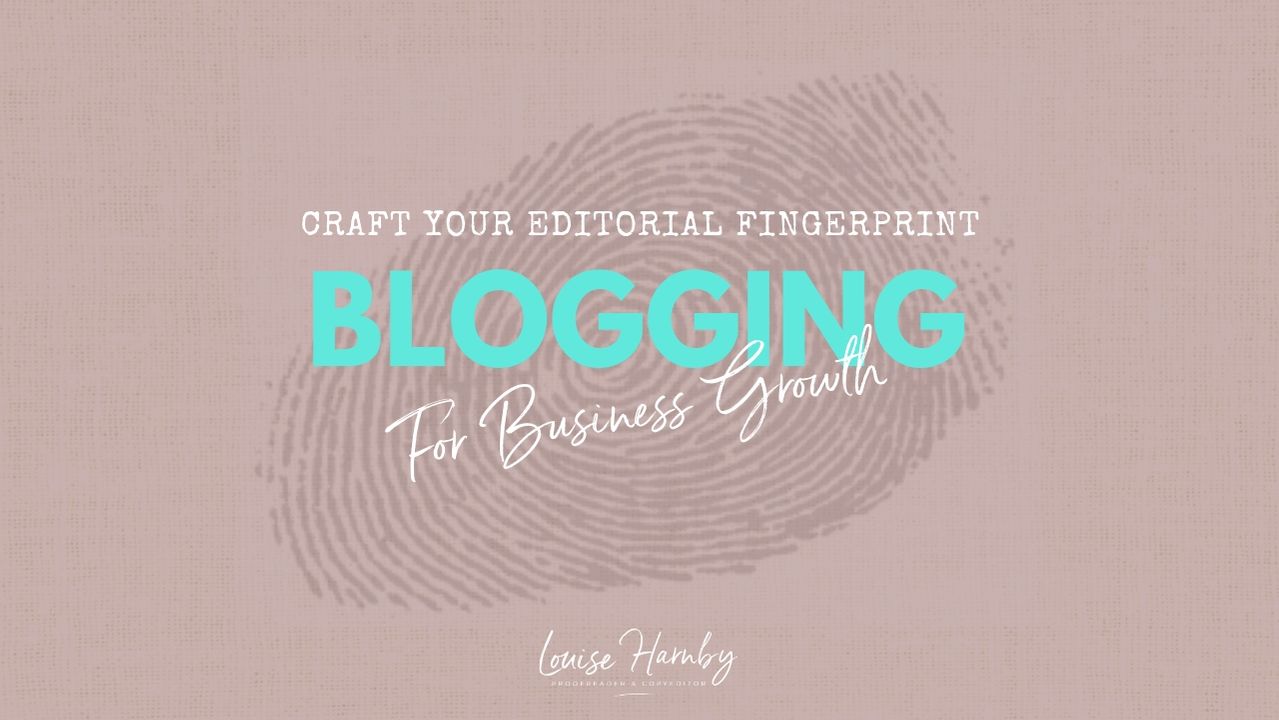
 RSS Feed
RSS Feed





